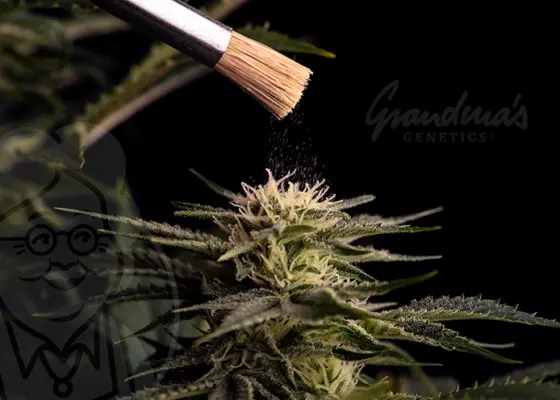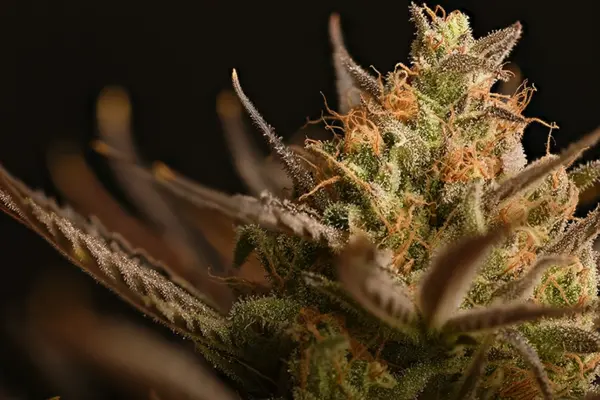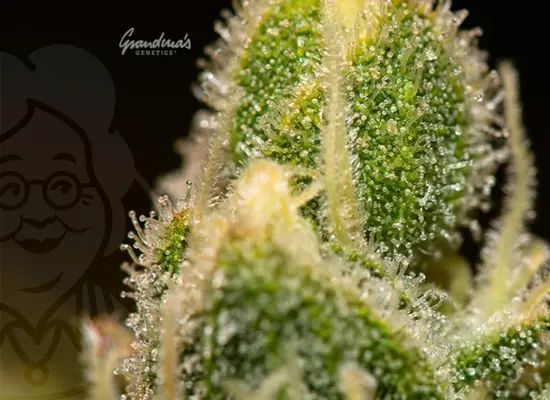Education & Information
Hermaphrodites – origins, implications and what the future holds
Hermaphrodite plants are natural and part of cultivating cannabis, even if it is an uncomfortable topic with many. But is their reputation really that bad?
It has not been scientifically proven that hermaphroditism is a negative trait in cannabis plants. However, it is important to note that hermaphroditism can also have disadvantages, such as passing on faulty DNA sequences, instability or disease.
Ultimately, whether hermaphroditism is considered positive or negative depends on a breeder’s breeding goals and specific requirements.
Origin and reasons of hermaphrodites
It is not to be neglected that if hermaphrodite traits are overlooked in a breeding program, they can become noticeable later. Often hermaphrodite traits are not even present in every generation and can also have many backgrounds.
- Older gene information from earlier times, when plants were monoecious.
- Cell division errors due to hormone fluctuations or signal interruptions.
- Meiosis errors where chromosomes do not divide correctly and faulty pollen grains pollinated the female plant. (Meiosis: “maturity division” – the process by which male and female genes randomly mix in a new generation)
Not every hermaphrodite is the same.

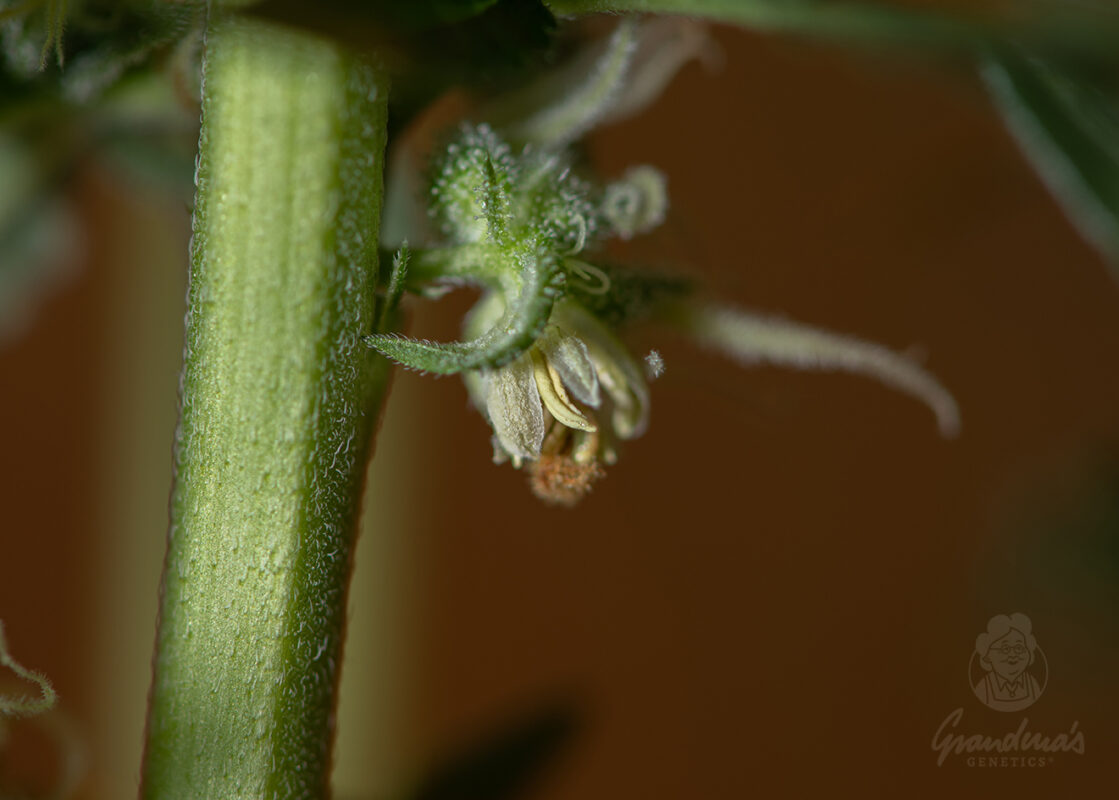
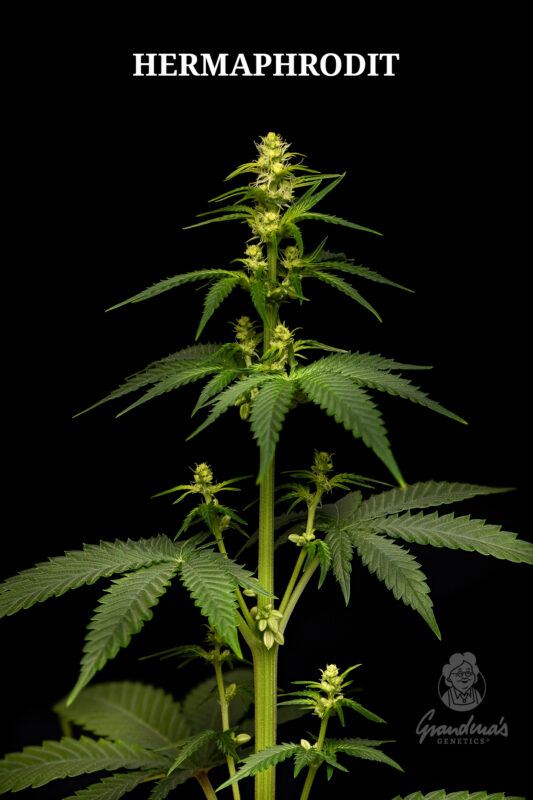
Those who study cannabis culture in depth will come to similar conclusions. If you take a look at Afghanistan or Pakistan or at the Moroccan fields, you will often find a strongly occurring hermaphrodite in the middle of the field there as well. Often these form all the male pollen sacs on the lower half, which pollinate the upper part of the plant, as it expresses female characteristics there, which capture the pollen and produce new seeds to ensure their survival as mentioned above. This can also be observed in the Strain Hunter episodes from Greenhouse Seeds.
Effects of hermaphrodites
In today’s cannabis world, where it is often all about “bag appeal” or the next hype, it is often forgotten that most strains are strong poly hybrids. These often have such long pedigrees that you have to scroll twice on seedfinder.eu to get to the end.
Of course, we also tried to work with such genetics. Some varieties were stable enough, while others were completely unstable. Here, there were no differences between new high class brands or old breeders. Hermaphrodite plants appeared pretty much everywhere, but also good phenotypes, which had the potential to cultivate them multiple times and create something new with them.
That’s exactly why we keep preaching to get to know your genetics as best as possible before you continue working with them. It often takes several runs, as well as different seasons with different conditions, to find out exactly how stable your genetics are.
The future of hermaphrodites
In the future, so-called “phenohunt(s)” will most likely take place in the lab. This requires only a fraction of a DNA sequence to reproduce the genetic code and the resulting plant. Such DNA sequences can be analyzed for a wide variety of traits such as growth, resistance or taste.
This is also called “marker-assisted breeding” which is a new form of selection.
Marker-assisted breeding (MAB) is a modern method of plant breeding that uses genetic markers to identify and transfer specific traits in plants. It is a more precise and efficient method than traditional breeding and allows breeders to achieve specific traits faster and with higher probability.
MAB is supported by the use of DNA markers that identify specific genes responsible for certain traits such as plant height, yield and disease resistance. Breeders can test plants for these markers to select those that exhibit the desired traits. This speeds up the breeding process and produces higher-quality results.
Undesirable traits or characteristics that have been inherited through previous genetics could be repaired, replaced or even further manipulated through CRISPR/Cas9.
If these topics interest you, feel free to read on here: CRISPR/Cas9 in Cannabis – The Future of Genetic Engineering
Until next time.
Love,
Grandma





